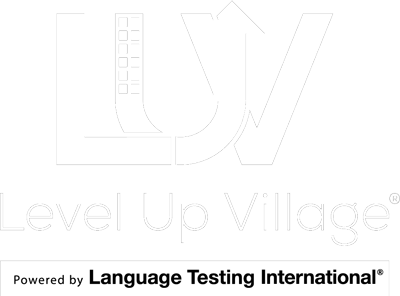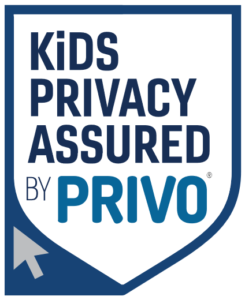By Tina Coffey
This is the fifth year for one of the largest learning events in recent history: The Hour of Code. This global event takes place every year during Computer Science Education Week (Dec. 4-10) and over 100 million students have tried it! The idea is that during this week, as many students as possible will have a chance to do at least one hour of code. Here are some suggestions for making the most of this epic event in your classroom, not just this week, but also for the rest of the school year.
Hour of Code Resources
As part of Code.org, The Hour of Code website is a great place to start. Everything is provided for you as a teacher, so you don’t need to know anything about coding to try it out. There are plenty of activities available across all types of devices. Many activities even come with a video tutorials for your students. From Angry Birds and Moana to Star Wars and Minecraft, there are a tons of coding activities that will excite your students and teach them problem-solving and critical thinking skills in the process. These activities use block coding, or blocks of code that easily snap together like legos. Students have to use sequencing, problem solving, trial and error, and collaboration with each other to succeed. Other free resources available online include Tynker, Turtle Art, and Microsoft MakeCode that can be used during Hour of Code and beyond.
Unplugged Activities
If you have difficulty accessing computers, or even if you want to teach some programming skills offline, there are also many paper-based coding activities to choose from on Code.org. These activities teach coding skills with paper or cups or crayons or other tangible items. Happy Maps, Graph Paper Programming and My Robotic Friends are just a few examples of activities you can do without a computer!
Robots
There are a growing variety of robots available for all ages that utilize block coding, similar to the coding learned through the Hour of Code website. Often I use robots like BeeBots or Code and Go Mouse to introduce young students to coding. These robots allow children who have not yet become readers to practice sequencing steps in a hands-on way. Dash and Dot, and now Cue, are adorable robots with sensors, lights, sounds, and accessible for a large range of students. Depending on the age, students can interact with these robots using different age-appropriate apps. Sphero also makes a few different robots that can be programmed with block coding. There’s even a Code-a-pillar robot that can be used with really young students.
Extend the Hour of Code through Global Collaboration
After the Hour of Code, you may realize you want to provide your students with a more in-depth coding experience. Level Up Village offers three levels of Global Programming classes to reach students from K-9th grade. In these classes, students learn Scratch and work with partners in another country on a joint coding project. They send video messages and programs they have written back and forth to their partners. While learning to code, they also learn about a person in another country and develop a larger global perspective. It’s a great way to incorporate Global Citizenship, Collaboration and Coding all at the same time!
Why You Should Teach Coding This Year!
Whatever skills you have in coding as a teacher, whatever devices your student use, and whatever age of your students, there’s some way you can incorporate coding into your curriculum during Hour of Code and even beyond. It’s been said that Computer Science is the new liberal arts, that it’s the new literacy, and that it should be taught alongside all other subjects. See if you can find a way to incorporate coding into your classroom this year, especially during Computer Science Week. You will be amazed at what your students can do!




Thank you very much for sharing
Comments are closed.